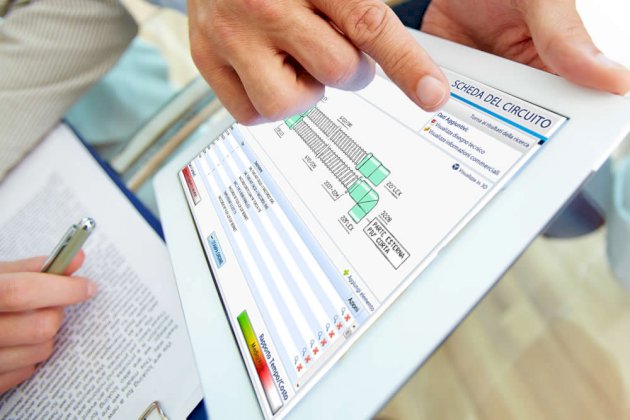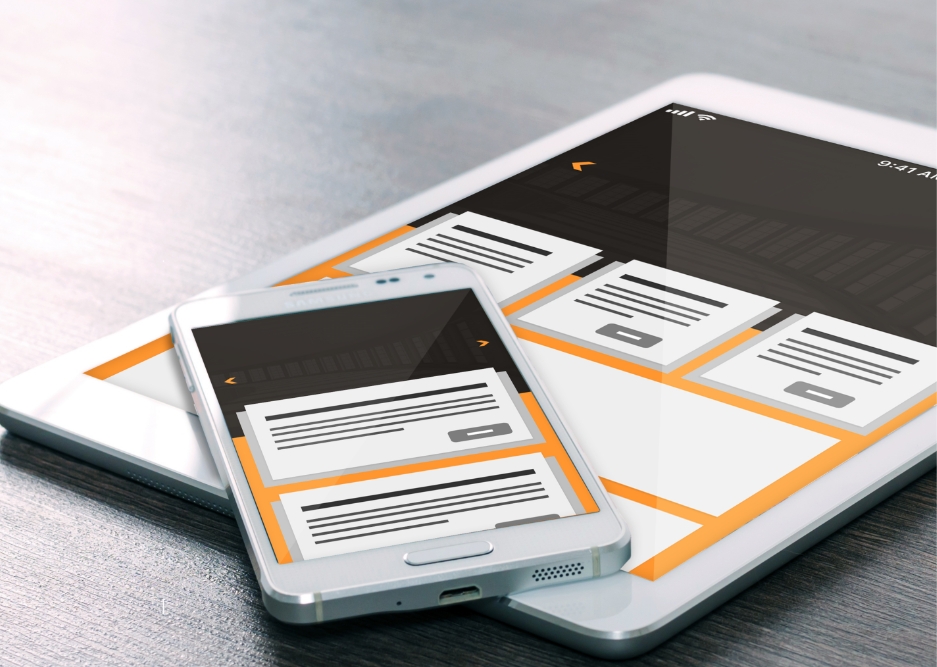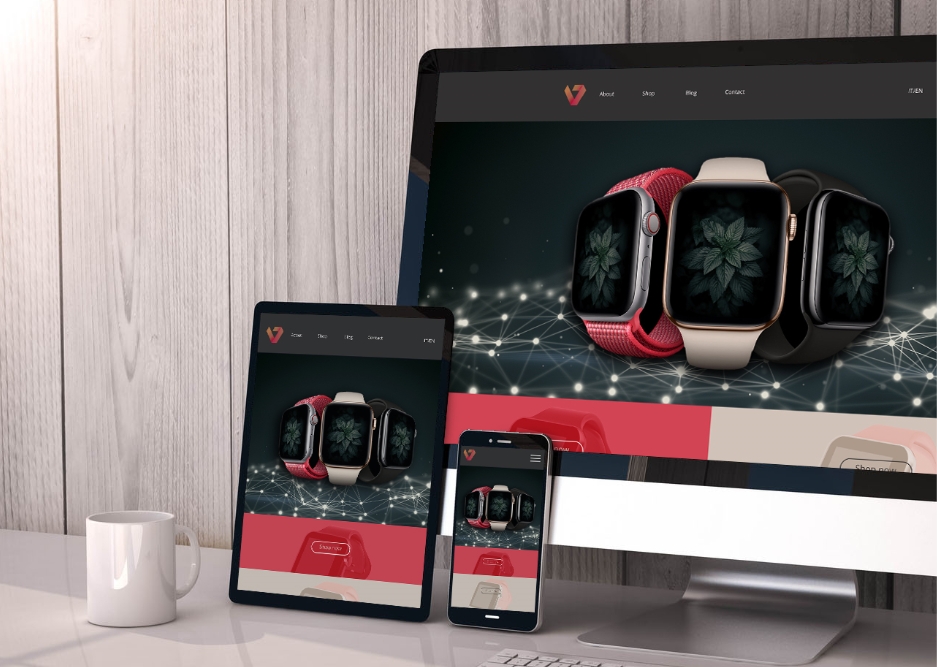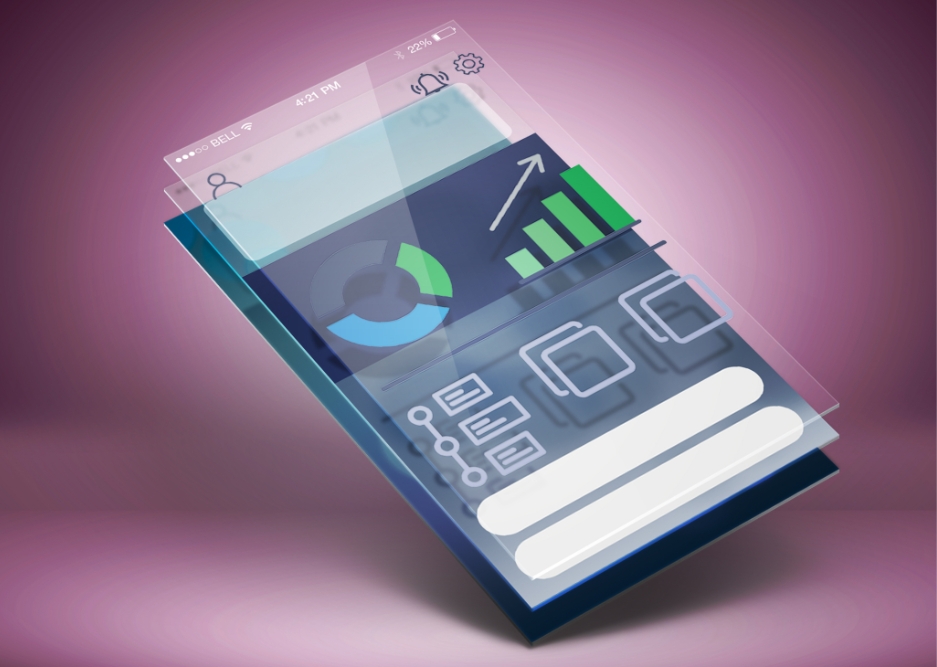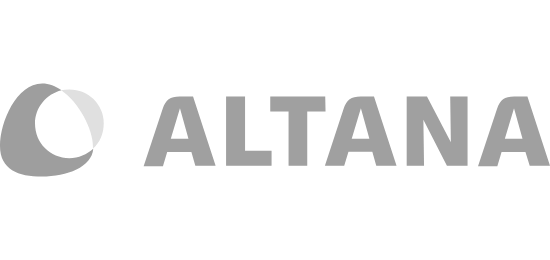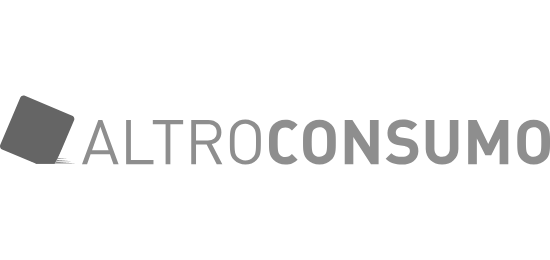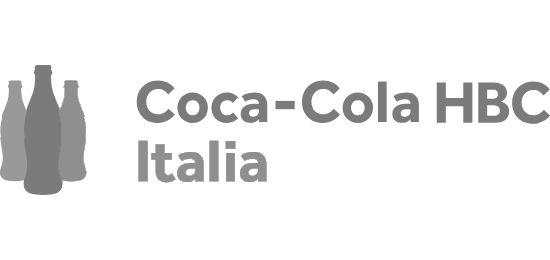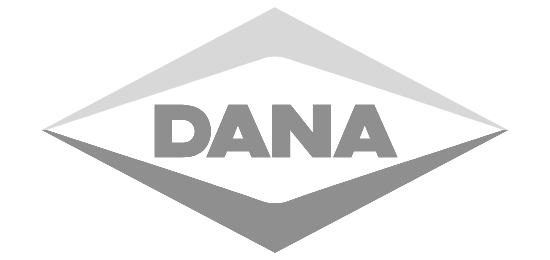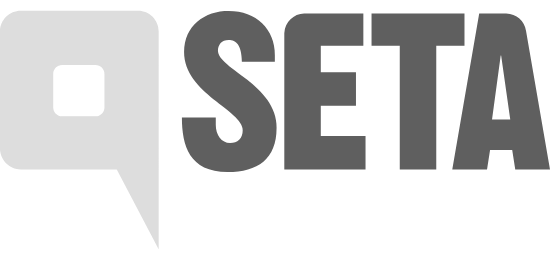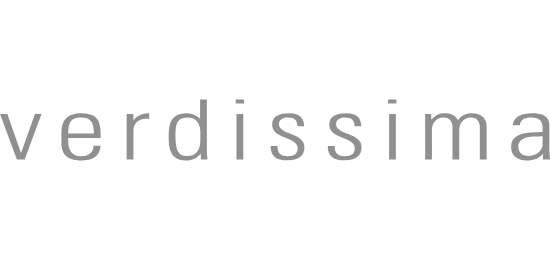In the modern era, the term "audit" has taken on a fundamental connotation for business, closely integrating with the digitalization of business processes. Technological evolution has led to the adoption of digital tools that improve the efficiency and precision of audits, making production processes more transparent and manageable. A digital audit is an in-depth and systematic analysis of a company's digital health. It's like a medical examination for your online business: it serves to identify strengths, weaknesses, opportunities and threats. This article will explore how digitalisation is transforming auditing and offer concrete examples of success, with a particular focus on moko's experience.The importance of Audit in BusinessAuditing is essential to ensure that companies operate in compliance with industry regulations and standards. Through in-depth data analysis, audits identify inefficiencies, risks and opportunities for improvement. Digitalisation, in this context, has revolutionized the way audits are conducted, leading to greater accuracy and speed in the process.Digitalization of AuditsMobile and Web AppsMobile apps and web platforms have become indispensable tools for conducting audits. They allow auditors to collect data in real time, even in remote environments, and access reports and analysis instantly. The ability to digitize documents and automate procedures significantly reduces the risk of human errors and increases operational efficiency.Productive processThe digitalization of the production process through digital audits allows companies to monitor every phase of production precisely. The integration of technologies such as the Internet of Things (IoT) and artificial intelligence (AI) facilitates data collection and analysis, providing useful insights to optimize production and improve the quality of the final product.Company Intranet AnalysisA successful example in the implementation of digital audit solutions is the analysis of the company intranet, such as the one created by moko.it. In this project, moko used advanced technologies to evaluate the effectiveness of a company's internal network, identifying areas for improvement and implementing digital solutions to optimize communication and information sharing between employees.Special Inspections Project AnalysisAnother example is the analysis of the special inspection project conducted by Moko. In this case, the company leveraged digital tools to perform detailed inspections, collecting precise data and providing accurate reports. This approach has allowed us to improve the management of inspections, increasing the safety and quality of the processes.The Moko ExperienceMoko has extensive experience implementing digital solutions for audits. Thanks to their expertise, companies can benefit from more efficient and accurate audits. Moko uses cutting-edge technologies to offer customized solutions that respond to the specific needs of each client, ensuring tangible results and significant improvements in business processes.ConclusionDigitalization is radically transforming the way audits are conducted in business. The adoption of mobile apps, web platforms and other digital technologies improves the efficiency, accuracy and transparency of audit processes. With concrete examples like those from Moko, it is clear how integrating technology into audits can lead to extraordinary results. Companies that embrace these innovations are poised to gain a significant competitive advantage in the modern marketplace.For further information on how to improve your audit processes through digitalisation, visit the moko.it website.

